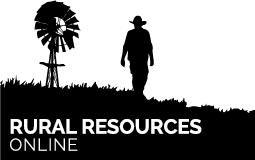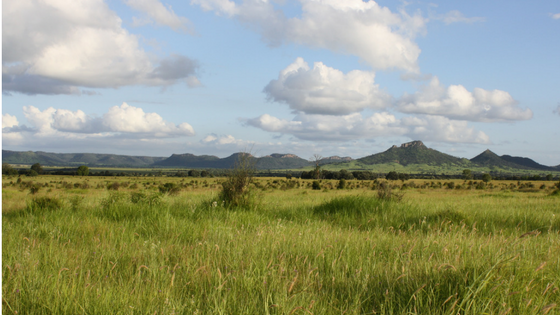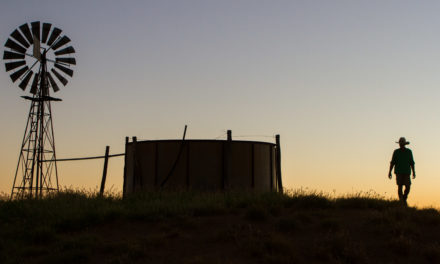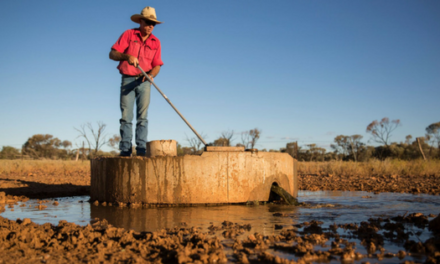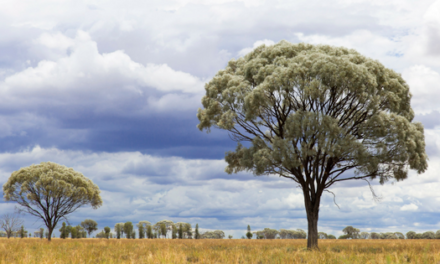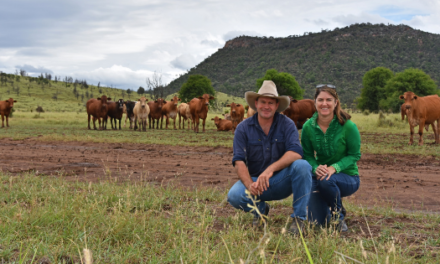The Importance of an Agronomic Baseline Assessment and Coal Seam Gas Negotiations
Agronomist Marcia Smith shares the answers to some of the frequently asked questions she receives about baseline assessments.
What is an Agronomic Baseline Assessment?
An Agronomic Baseline Assessment is a documented “snap-shot” of a property coupled with historical information. It is similar to a Bore Report, except the topics are weed, soil and vegetation.
It provides detail regarding:
Weeds: Previous history, currently present, their extent/location, and management practices.
Soil: Type, erosion (or other degradation) type, location and extent, and management practice.
Pasture/Vegetation: Type, quality/yield, ground cover, and management practice.
Cropping: Type, frequency, yield, and management practice.
Why have an Agronomic Baseline Assessment done before Coal Seam Gas activity has started on a property?
A baseline assessment should be done prior to access being granted to a resource company (or other third party) to ensure the landowner has documented evidence of what the weed, soil and vegetation assessment was of their property prior to the access.
While this will not necessarily prove who brought a weed in, or who damaged the soil or vegetation; it will however rule out (or in) the issue being present prior to access.
Without a baseline weed assessment, proving a weed was not present (or has not previously occurred) on the property can be difficult.
What is an example situation where an Agronomic Baseline Assessment would be relevant?
If , following a couple of poor seasons, a good spring rainfall occurs, a landholder notices a patch of Giant Rats Tail grass and they know that:
-
- One year ago a resource company accessed the land to drill a pilot hole.
- Two years ago contract musterers were employed to help with cattle work.
- Three months ago cattle were returned that had been elsewhere on agistment.
If the landholder did not have documented biosecurity management plans, detailed property plans and maps, and documented baseline assessments then they may have trouble answering the following questions:
- How did the weed come to be on the property?
- Can that be proven?
- Who foots the bill to manage the weed?
Who should conduct an Agronomic Baseline Assessment?
It should be completed by a suitably qualified and experienced person. When the baseline assessment is done by a third party and signed off by the landholder and resource company, or done by the resource company and signed off by the landholder; the validity of it is stronger.
How is an Agronomic Baseline Assessment done?
The information is gathered through a property visit to physically assess weeds, soil and vegetation, and to gain insight into the farming business. This information is then documented into a formal report for the landowner.
Will an Agronomic Baseline Assessment help to prevent development?
No, baseline assessments provide documented independent analysis that provide a record of proof for the landholder. Agronomic Baseline Assessments should be thought of as an insurance policy to protect the assets of the landholder from unwanted future impacts that may need to be rectified. Baseline Assessments cannot prevent development.
As a bonus it provides the landowner an opportunity to thoroughly assess the weed, soil and vegetation management of their land.
Who pays for the Agronomic Baseline Assessment?
Landholders who have understood what a baseline assessment is and its importance have in many cases negotiated one as a requirement of the Conduct and Compensation Agreement. Other landholders have decided for their own peace of mind to pay for the assessment themselves.
What are the other reasons landholders get Agronomic Baseline Assessments done?
The assessments can be tailored to the landholder’s individual needs and management strategies. For example landholders wanting documented biosecurity management plans use the baseline assessment information.
It is also an important resource that can be referred to during the rehabilitation process of land disturbed by mining activities.
For more detailed information Marcia Smith can be contacted at Ankaone.
